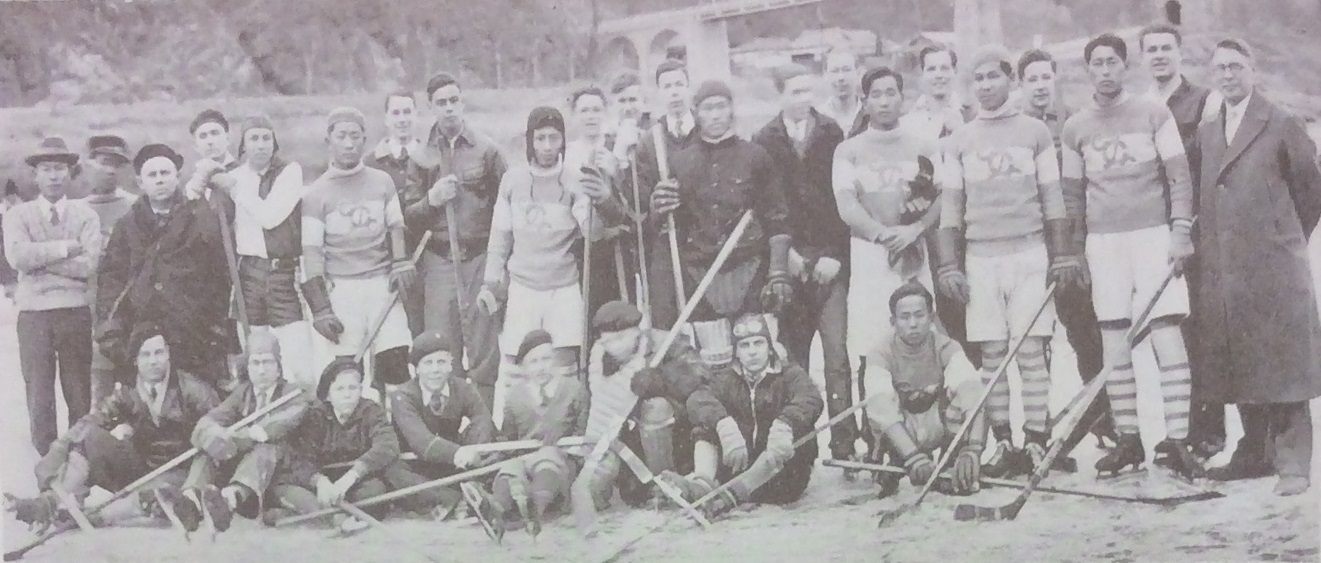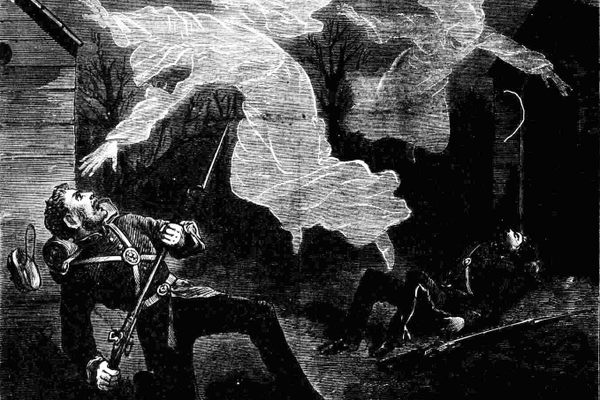The Forgotten American Missionaries of Pyongyang
In the decades before World War II, U.S. Christians created a “Jerusalem of the East.”

It may be difficult to imagine from the perspective of the 21st century, but the North Korean capital city of Pyongyang once had at its center a community of Americans—Christian missionaries who lived there from 1895 to 1942.
This long-lost mission, almost unknown even to Korea experts on both sides of the Pacific, was part of a pre-Second World War American Christian presence in Korea that achieved its greatest success in Pyongyang. The current capital was then the home of the largest Christian community in Korea and the center of the Presbyterian Church in Asia.

Major cities throughout Korea had Protestant missions from the Presbyterian and Methodist Churches during the first four decades of the 20th Century. Christians received official permission from the king of Korea to spread their religion in 1884, and by the turn of the century, American, Canadian and Australian Presbyterians and American Methodists had opened missions from Pusan in the south to the Yalu River in the north. American Presbyterians opened a mission in Pyongyang (spelled “Pyengyang” in English then) in 1895, which all nationalities and Protestant denominations in Korea joined. Their work made Pyongyang and its surrounding region the most heavily Christian area of Korea, and the city became the hub for Presbyterian mission activity throughout Asia, including in China. The success of Christianity in the city led to it being called the “Jerusalem of the East” in the missionary community.

The Pyongyang mission had an array of religious, educational and medical institutions that served the city and its Christian community. They included Union Christian Hospital, Union Presbyterian Theological Seminary, and Union Christian College, the latter the first four-year college in Korea, founded in 1905.

The American community of Pyongyang numbered over 200 for most of the 1910s through the 1930s. It included clergymen, professors, medical doctors, and instructors and administrators at the seminary, college, and medical school. Women were active in the work of the mission as leaders of educational and job training programs for women and as teachers and administrators in the school for American and other foreign students. Children numbered over 100 for most of this time, including students at the American school sent by American, British, Canadian, Australian, and other foreign families in China and Japan.

They lived and worked on the same ground where today the signature landmarks of the North Korean regime stand. The most familiar site in modern Pyongyang, Kim Il Sung Square—known to countless news viewers as the site of North Korean military parades, and to thousands of tourists as a place to take selfies—used to be the site of the residences of American missionaries and of church events.
Union Presbyterian Theological Seminary was founded in 1905, the “Union” name reflecting the school’s foundation as a unified multi-national institution run by American, Canadian and Australian Presbyterians. In 1907 it graduated its first class of seven, who became the first Koreans ordained as Christian ministers.

West Gate Church and the seminary disappeared after the Second World War and the Korean War, destroyed either during the war or by the post-war regime. On their former location lies Mansudae Art Theater, built in 1976, which serves as the stage for many of the largest indoor official spectacles of the regime, including the welcoming ceremonies for the visit of the New York Philharmonic in 2008.

Union Christian College on the southwest side of the mission was its largest and most significant institution. As the first four-year college in Korea, it became a magnet for people from all regions of Korea seeking higher education. The college also included schools for boys and girls, called the Sungshil Academy, that were the leading middle- and high schools in Pyongyang.
The father of Kim Il Sung, Kim Hyong Jik, was a Presbyterian and a student at the Sungshil Academy as a teenager in the 1910s. He attended school in this schoolhouse on the Union Christian College campus.

Pyongyang Foreign School, the American school of Pyongyang, began in 1900 as a one-room schoolhouse with eight children and grew to a boarding school with over 100 students by the late 1920s. Its students included children of the mission, Canadian and Australian mission children from elsewhere in Korea, and children of many nationalities from China and Japan. It lasted until 1940, when the entire school was evacuated in anticipation of war between the United States and Japan.

Hockey between North and South Korean teams made news at the Women’s World Championships in 2017, but in the 1930s, hockey between teams from Seoul and Pyongyang was an annual event. Chosun Christian College in Seoul regularly sent its team to Pyongyang to meet the Americans from Pyongyang Foreign School, with games often played on the frozen Taedong River.

The school’s Boy Scout troop was a part of American life transplanted to Pyongyang. As a branch of the Boy Scouts of America, it flew the American flag in Pyongyang.

The American community in Pyongyang receded during the late 1930s and finally disappeared in 1942. As tensions with Japan rose, Presbyterian mission leaders gradually recalled their people from Korea and then evacuated most of the remainder in October 1940 after the U.S. Department of State warned that all American citizens should leave Asia in anticipation of war with Japan.

After the Japanese attack on Pearl Harbor, the last 99 Americans in Korea were placed under surveillance by the Japanese and finally deported in April 1942. In the 75 years since, the long presence of Americans in Pyongyang has been forgotten, and today it exists only in the memories of a few individuals who were born there and lived the first years of their lives there, the remnants of a remarkable group of Americans who called Pyongyang home.

















Follow us on Twitter to get the latest on the world's hidden wonders.
Like us on Facebook to get the latest on the world's hidden wonders.
Follow us on Twitter Like us on Facebook